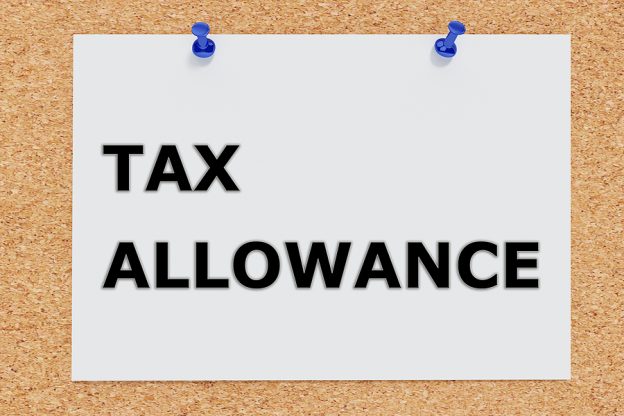
For the 2021-22 tax year, the government increased the Personal Allowance amount by £70 to £12,570.
This is normal in the first Budget of a new tax year. What’s different about this one, is that the Chancellor announced this will remain the same for five tax years. The Personal Allowance may not rise again until the 2025-26 tax year, at the earliest.
What does the personal allowance change mean for me?
This means that you can earn up to £12,570 completely tax free. You don’t pay any income tax at all until you earn over this amount. This is the same for employed and self employed people.
Sometimes the Personal Allowance amount is referred to as the income tax threshold, because once you step over that amount you start paying income tax.
The Personal Allowance applies across all four UK nations even though the tax brackets may vary.
Once your annual income hits £100,000, your Personal Allowance decreases by £1 for every £2 you earn over this figure. This is completely reduced to £0 Personal Allowance by when your earnings reach £125,140.
The fact that the Personal Allowance is now frozen at the same rate for five years may impact your financial situation. It usually goes up every year, which means that people who earn a little bit more still benefit from it being tax free. This is not an income tax rise, but it will put more taxpayers into the Basic Rate tax bracket. Is this you?
Do I need to do anything with this Personal Allowance information?
You need to check your new tax code. HMRC can send this to you in a P2 Notice of Coding letter. Your Personal Allowance amount constitutes the numerical section of your tax code.
For example, last year the tax code for an employed person with one job or pension was 1250L. The 1250 indicates the Personal Allowance of £12,500. For the 2021-22 tax year, the code for a taxpayer in the same situation is 1257L because the Personal Allowance amount in now £12,570. You can find out what all the letters mean in our Tax Code Decryption Guide here.
Remember that if your tax code’s wrong then you’re not paying the right amount of tax. That means that you’re overpaying and need to apply for a refund. No one wants to pay too much tax. Or it means that you’re not paying enough and will have to pay the difference to HMRC. No one wants an extra, unexpected tax bill either. The responsibility for paying the right amount of tax is yours, not HMRC’s. They’ll help you check, of course. But you have ultimate legal liability for your tax payments.
How much income tax will I pay once I earn over the Personal Allowance?
Once you earn over the £12,570 Personal Allowance rate you start paying income tax. The rate you pay is determined by how much you earn and not all UK countries have the same rates of income tax.
Income tax rates in England, Northern Ireland and Wales 2021-22
- Income £12,571 – £50,270: Basic Rate of 20%
- Income £50,271 – £150,000: Higher Rate of 40%
- Income £150,000+: Additional Rate of 45%
Income tax rates in Scotland 2021-22
- Income £12,571-£14,667: Starter rate of 19%
- Income £14,668-£25,296: Basic rate of 20%
- Income £25,297-£43,662: Intermediate rate of 21%
- Income £43,663-£150,000: Higher rate of 41%
- Income £150,000+: Top rate of 46%
What do I need to do now?
Just check your tax code. The number will have changed to 1275 and you need to make sure that the coded letters correctly represent your financial position. If they don’t, get it sorted as soon as possible so that you’re back to paying the right amount of tax. You can get in touch with HMRC to check and change your tax code.







